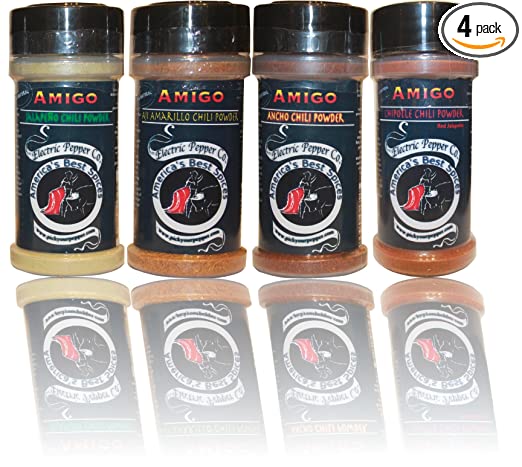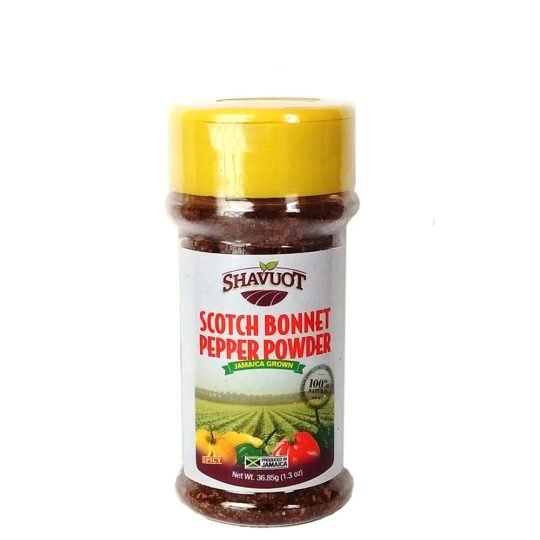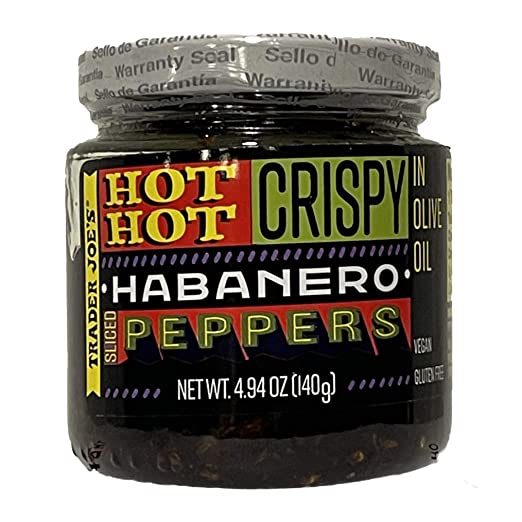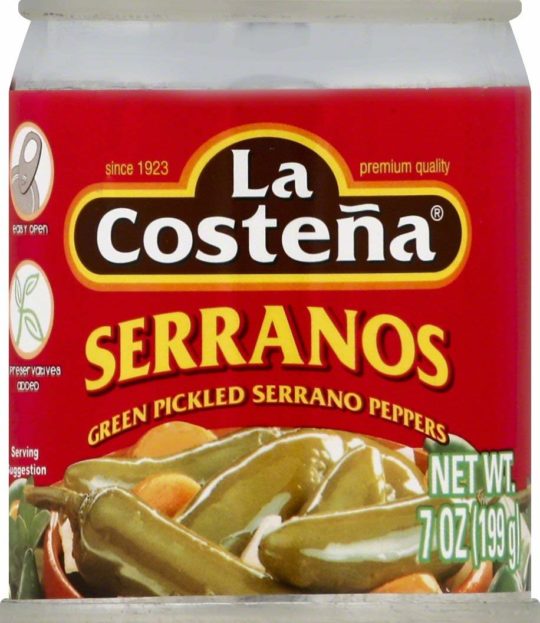Different peppers are specifically called in some recipes to create an authentic flavor and aroma. And in Peruvian dishes, one of the most highly-praised is the Aji Amarillo. This spicy pepper adds a tasty yet sizzling combo to your cooking, making it an incredible element to have in your recipes. And it’s supplied chiefly to regions outside South America in paste form. But what happens when you can’t find Aji Amarillo around you?
One of the best feelings of being a food enthusiast is knowing how to replace ingredients you don’t have with those you do. And here, we’ll talk about how these alternatives can be used in place of Aji Amarillo paste. But before we do, let’s check out some facts about this delicious spice. And let’s see why these replacements are fitting in recipes that call for it.
What is aji amarillo paste?
Aji Amarillo paste is chiefly composed of Aji Amarillo chiles, which are yellow peppers native of Peru. The chilies have a bright yellow color, though they tend to turn bright orange when matured. The chilies are picked and pureed along with other flavorful ingredients like onions and garlic cloves to make the paste. Salt may also be added to preserve the paste, and the mixture is mainly prepared with a neutral-tasting oil base. And while the Aji Amarillo chilies are popularly described as yellow, the paste may attain an orange shade, which is expected and doesn’t indicate low quality.
Aji amarillo paste in recipes
Because the pepper itself is the most popularly eaten variety in Peru, Aji Amarillo paste carries a synonymous flavor with the region’s history. Its pepper source is renowned for being in use since the Inca days- thousands of years ago! At that time, the pepper grew wild and exhibited a fiery red hue.
Aji Amarillo paste chiefly carries the flavor profile of its pepper base, giving recipes a bright, spicy flavor with a vibrant hint of fruitiness. The paste is also mildly hot, as the Aji Amarillo peppers range from 30,000 to 50,000 on the SCU (Scoville heat units). When compared to some popular varieties like jalapenos, this is considered hot. But the heat level of paste is balanced enough to let the flavor of its pepper be distinguished in any dish.
This paste is commonly added to native Peruvian dishes and is critical for creating an authentic flavor in such recipes. But it’s also added to tons of recipes outside the region’s culture. You can use Aji Amarillo paste in most savory dishes and even for spicy toppings. It also works with meat, fish, seafood, eggs, and vegetables as well.
Here’s a list of many dishes you can make with it to get an idea of how versatile this paste is. And while some are native to Peru, others are synonymous with regions from other parts of the world.
- Yuquitasfritas
- Ceviche
- Chili
- Salsa
- Spicy chicken
- Casseroles
- Salads
- Grilled fish
- Burritos
- Roasted vegetables
- Roasted pork
- Seco de Carne
- Nachos
- Risotto
- Papa a la huancaina
- Lomosaltado
- Tostones
- Grilled steak
- Spicy beef
- Tacos
- Causarellena
- Soups
- Huancaina macaroni
- Spicy seafood dishes
- Smoked chicken
- Marinades
- Dipping sauce
Aji amarillo paste substitutes
Aji Amarillo paste is tasty and versatile and makes a beautiful addition to any savory dish. But it’s a rare ingredient to find, as the peppers for making it are exclusively grown in Peru. So, if you find yourself without it, you can try other pepper varieties as substitutes. But note that these options are best if the recipe isn’t authentic; otherwise, leave it until you get a fresh jar.
Dried or frozen aji amarillo chiles
The best way to get the precise flavor and heat level expected from Aji Amarillo paste is to use the chilies themselves. And you can find them in dried forms at grocery stores around you. You can also consider frozen Aji Amarillo peppers, which would impart a fresh taste to the recipe once defrosted. And both varieties can be converted to paste by blending them in a food processor with a bit of olive oil and water.
You can also choose to infuse extra aromatics into this substitute by adding chopped onions and garlic cloves. These ingredients will drive the paste to a flavor that’s close to the store-bought options. So, if you live in areas where these versions of Aji Amarillo are available, they work perfectly. And you can use them at equal ratios as required of the paste.
Scotch bonnet
Many things about the Scotch Bonnet make it an excellent substitute for Aji Amarillo paste. First, the fruits offer a shade of orange or yellow, meaning you’ll get the same appearance in your cooking. And the pepper exhibits a fruity flavor, not unlike Aji Amarillo. As such, you can use Scotch Bonnett peppers in recipes that call for Aji Amarillo paste without sacrificing much in flavor and color.
But Scotch Bonnet is hotter, so use less of it to replace Aji Amarillo paste. You can start with ¼ of what’s called for in the original recipe and adjust until it reaches a suitable heat level. Still, you’d get a decent resemblance in color and fruitiness, so it’s not a total loss. And it’s a great substitute that works in most Aji Amarillo paste recipes, minus the native dishes from Peru.
Habanero pepper
Both Habanero and Aji Amarillo peppers share a similar color, so they work as a fantastic paste replacement. Plus, Habanero peppers supply a somewhat citrusy flavor, with hints of smokiness that complements dishes. And it doesn’t only work on meats and fish, but also in fruit and vegetable recipes. And it’s a rich, spicy ingredient that adds warmth to any delicacy it’s added.
But Habanero pepper registers around 100,000 to 350,000 on the SCU, making it hotter than Aji Amarillo paste. So unless you’re used to its spiciness, consider about ¼ tablespoons of ground Habanero peppers for every tablespoon of Aji Amarillo paste. Not though that this amount can still be adjusted to suit your preference, but it’s safe to do so at quarter-teaspoon margins.
Serrano pepper
Another handy option for replacing Aji Amarillo paste in many recipes is Serrano pepper. Serrano shares a flavor profile that’s best related to jalapeno peppers, as well as its heat level. But its bright flavor works in Aji Amarillo paste recipes, as you’ll note a hint of fruitiness from the spice. And because it scores 10,000 to 23,000 on the SCU, the flavor will be pronounced without the heat overwhelming the recipe. You can swap Serrano pepper equally with Aji Amarillo paste in all recipes, except those native to Peruvian cuisine. And you can also increase the quantity by margins of ¼ teaspoon if you wish to boost the heat level of the dish.
Manzano Chile
This pepper substitute is a great way to add fruitiness to Aji Amarillo paste recipes without including too much heat. Manzano chiles are also called apple chiles and have a sweet flavor that blends well with the mild heat. The pepper registers from 12,000 to 30,000 SCU, making it perfect for replacing Aji Amarillo paste. And it works in all recipes, ranging from sauces to tacos, salsas, burritos, and soups.
Manzanochile makes an excellent one-to-one ratio substitute for Aji Amarillo paste and works in grilled recipes as well. You can also include it in salads and dressings to flavor meats, fish, and seafood. And it’s the best option for recipes that wish to cut down on heat level.
Frequently asked questions (FAQs)
What is aji amarillo in english?
Aji Amarillo is a Spanish term that combines two separate words. The term ‘aji’ means chili pepper, while ‘Amarillo directly translates to ‘yellow’. These two words summarize the definition of the pepper by calling it ‘yellow chili pepper.’
What pepper is closest to aji amarillo?
While these substitutes will work in most recipes, habanero and Scotch Bonnet peppers are considered the closest flavor to Aji Amarillo paste.
How Long does aji amarillo paste last?
The paste can last for up to a week in the fridge. And when used as the main ingredient in recipes like huancaina sauce, you can keep the food in the refrigerator for up to three days.
Conclusion
Not every pepper can offer the unique flavor and allure that Aji Amarillo paste does. But it doesn’t mean you can’t find a substitute for it when the need arises. You can consider any of these pepper alternatives for the Peruvian spice. And with them, you’ll get the option of variety with different dishes.




